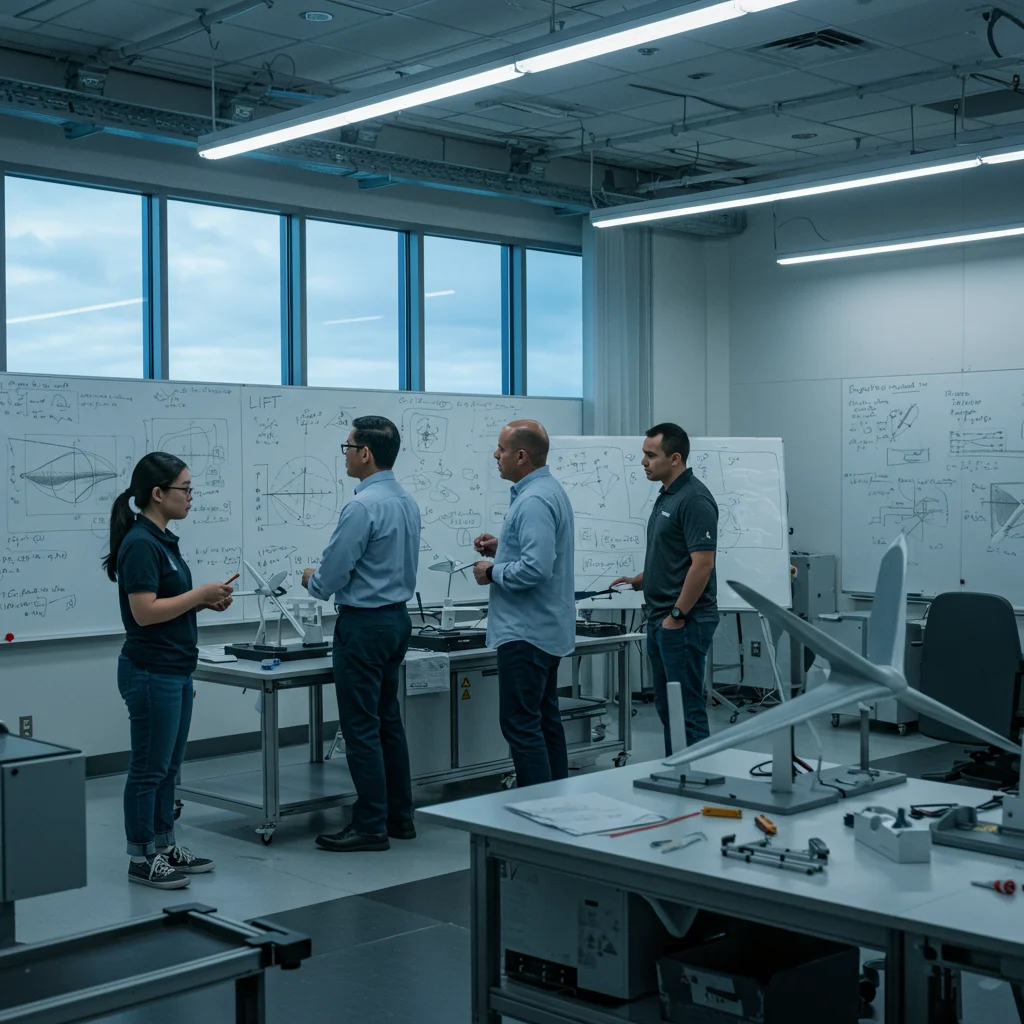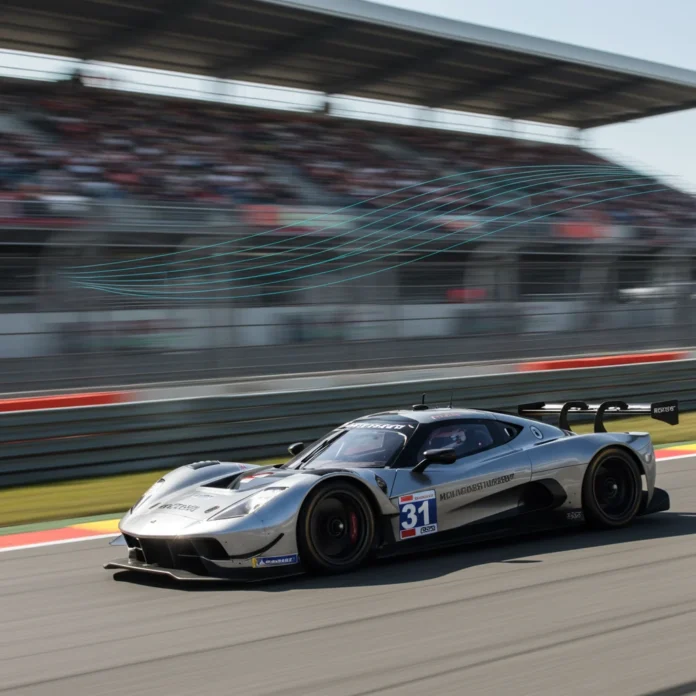Introduction: Why Aerodynamics Matters in Racing
In the world of motorsport, even the smallest advantage can be the difference between victory and defeat. Aerodynamics plays a pivotal role in shaping the performance of racing vehicles, influencing how they slice through the air, grip the tarmac, and maintain stability at breathtaking speeds. The sensation of wind rushing past, the sound of tires gripping the asphalt, and the sight of a car hugging a corner all testify to the importance of aerodynamic design. Understanding these forces not only enhances appreciation for the sport but also offers insight into the relentless pursuit of speed and control that defines racing.
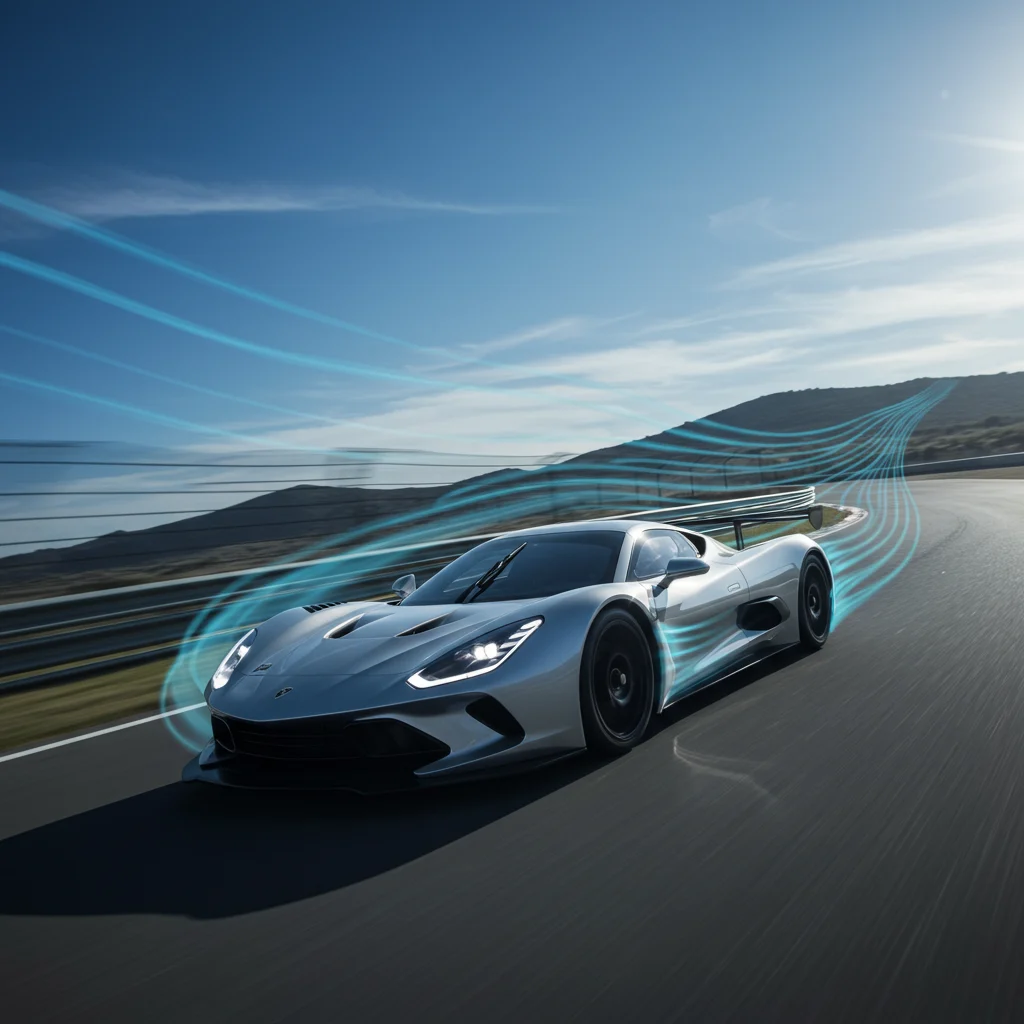
What Is Aerodynamics?
Aerodynamics refers to the study of how air interacts with solid objects—in this case, racing cars. It is the science behind how vehicles move through the atmosphere, dictating everything from top speed to cornering ability. By manipulating airflow, engineers can unlock higher performance, better fuel efficiency, and greater safety.

The Science Behind Aerodynamics
At its core, aerodynamics is governed by the principles of physics. Air behaves as a fluid, and when a car moves, it pushes against this fluid, creating forces that act upon the vehicle. These forces include drag, which resists motion, and downforce, which pushes the car onto the track.
Engineers use equations and models to predict how air will flow over, under, and around a car. They consider variables such as speed, surface area, and shape to design bodies that minimize resistance and optimize performance.
Key Aerodynamic Principles Explained
Several fundamental principles guide aerodynamic design in racing:
- Drag reduction: Lowering resistance to maximize speed.
- Downforce generation: Increasing grip for better handling.
- Airflow management: Directing air to cool brakes and engines or to reduce turbulence.
Mastery of these principles allows race teams to create vehicles that not only reach higher speeds but also maintain stability and control in challenging conditions.
How Do Airflow and Drag Affect Racing?
Airflow and drag are central to racing performance. As a car accelerates, it meets increasing resistance from the air. This resistance—drag—can sap speed and impact fuel consumption, making its management essential for competitive racing.
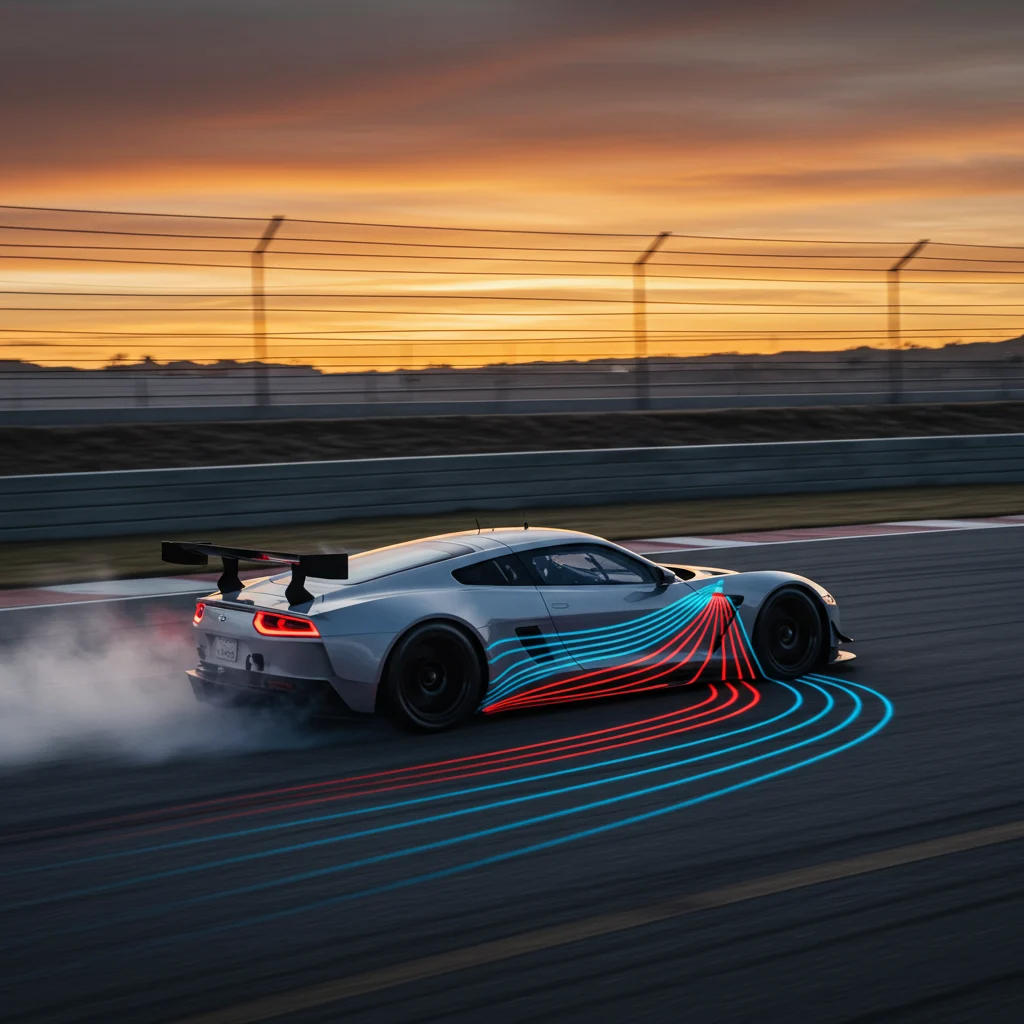
Understanding Drag: The Enemy of Speed
Drag is the force that opposes a car’s motion through the air. The higher the drag, the harder the engine must work to maintain speed, and the more fuel the car consumes. Reducing drag is vital for achieving top speeds and maintaining efficiency.
Types of Drag in Racing
There are several forms of drag that affect race cars, each with unique causes and implications.
Form Drag
Form drag results from the shape of the vehicle. Bulky or blunt shapes create more resistance, while sleek, streamlined bodies allow air to flow smoothly over the car, decreasing drag.
Skin Friction Drag
Skin friction drag arises from the interaction between the car’s surface and the air. Even microscopic imperfections can increase resistance. Smooth finishes and special coatings help minimize this effect.
Induced Drag
Induced drag is generated as a byproduct of downforce. As wings and spoilers push the car down for grip, they also create vortices that increase resistance. Balancing this trade-off is a key challenge in race car design.
How Is Drag Measured?
Drag is typically measured using wind tunnels and computational simulations. Engineers calculate the drag coefficient (Cd), which quantifies how streamlined a vehicle is. Lower values indicate less resistance and improved efficiency.
Sensors and telemetry systems also enable teams to assess drag during live track sessions, allowing for real-time adjustments and data-driven decisions.
What Is Downforce and Why Is It Important?
Downforce is a force that pushes a race car downward onto the track, increasing tire grip. This added grip allows for higher cornering speeds, shorter braking distances, and greater stability—crucial advantages when every millisecond counts.
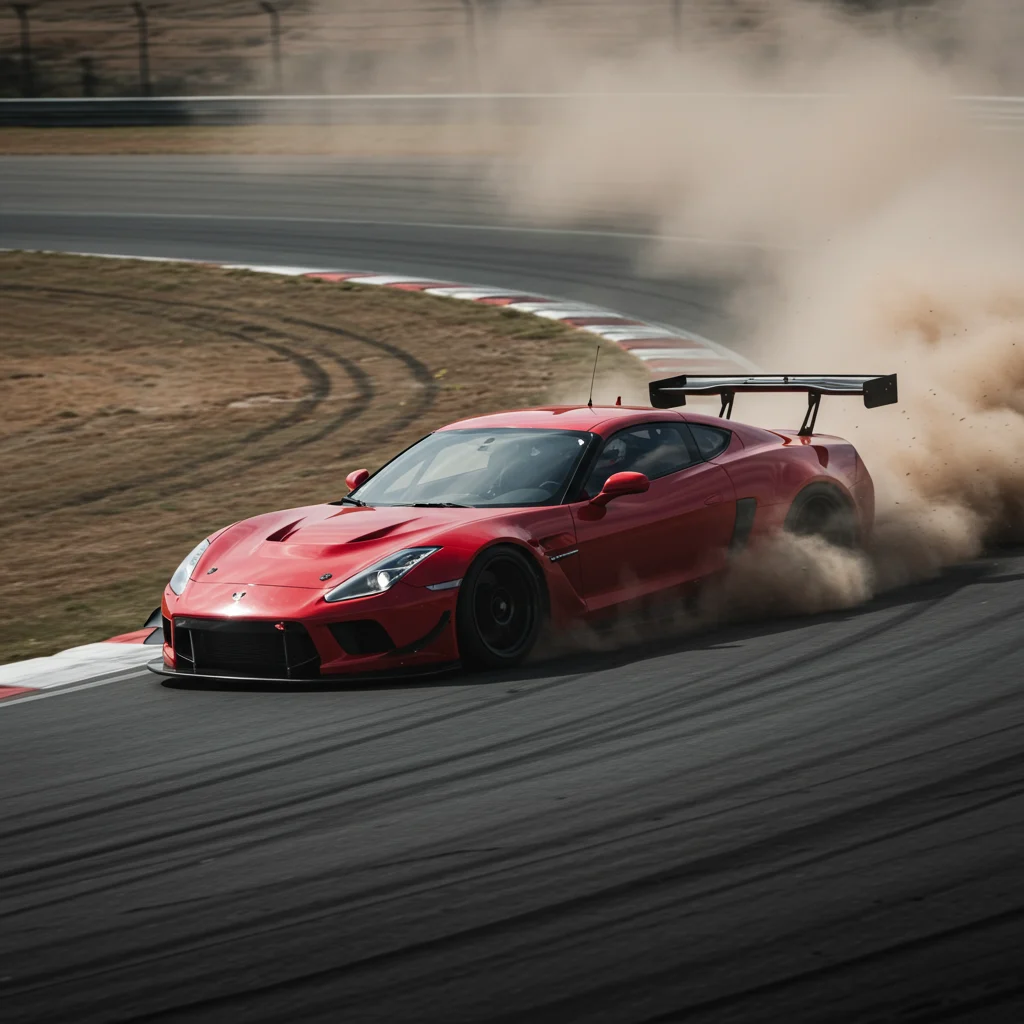
The Role of Downforce in Cornering
When a car enters a corner at high speed, downforce keeps it firmly planted. The sensation of the car hugging the track, resisting the temptation to slide outward, is a direct result of effective downforce. This enables drivers to maintain speed through turns without losing control.
Balancing Downforce and Drag
While more downforce means better grip, it also increases drag. Engineers must strike a delicate balance: too much downforce can slow a car on straights, while too little can cause it to lose traction in corners. The optimal setup often depends on the specific characteristics of each circuit.
How Do Race Cars Generate Downforce?
Race cars generate downforce through a combination of body shape and aerodynamic devices. Wings, diffusers, and splitters work together to manipulate airflow and create pressure differences that push the car down.
Teams experiment with various configurations to achieve the ideal compromise between speed and stability, a process that requires both technical expertise and driver feedback.
Aerodynamic Devices: Wings, Spoilers, and Splitters
Modern race cars employ a range of aerodynamic devices designed to optimize airflow and enhance performance. Each component serves a specific function, contributing to the overall balance of the vehicle.

Front Wings and Their Impact
The front wing is the first point of contact with the air. Its shape and angle determine how air is channeled under and around the car, directly affecting front-end grip and steering response.
Adjustments to the front wing can make the car more responsive or stable, depending on track demands and driver preferences.
Rear Wings: Maximizing Rear Grip
Rear wings are crucial for generating downforce at the back of the car. They provide stability during acceleration and high-speed cornering, preventing the rear tires from losing traction.
Properly tuned rear wings give drivers the confidence to push harder, especially in fast sweeping turns where rear-end grip is essential.
How Do Spoilers Work?
Spoilers disrupt airflow over the back of the car, reducing lift and enhancing stability. While often associated with street cars, spoilers in racing are precisely engineered to balance performance and control.
Their effectiveness depends on placement, angle, and integration with other aero components.
What Is the Purpose of Diffusers?
Diffusers are located at the rear underside of the car. They accelerate airflow beneath the vehicle, creating a low-pressure zone that sucks the car toward the track. This effect significantly boosts downforce without a substantial increase in drag.
Splitters and Air Dams: Directing Airflow
Splitters and air dams are horizontal extensions at the front of the car. They direct air away from the underbody, reducing lift and enhancing front-end grip. Their sharp edges and robust construction help withstand the intense forces experienced during racing.
Underbody Aerodynamics: The Hidden Advantage
While wings and spoilers are highly visible, the underbody of a race car plays a critical role in aerodynamic performance. Clever design beneath the surface often yields substantial gains in speed and stability.

Ground Effect: Harnessing the Track
Ground effect leverages the close proximity of the car’s underbody to the track surface. By shaping the floor and managing airflow, engineers create suction that pulls the car downward, dramatically increasing grip without excessive drag.
The sensation of the car being glued to the tarmac at high speed is a testament to the power of ground effect technology.
Flat Floors and Skirts
A flat floor streamlines airflow under the car, reducing turbulence and drag. Skirts seal the gap between the chassis and the track, preventing high-pressure air from entering beneath the vehicle and disrupting the low-pressure zone.
These elements work together to maintain consistent downforce, especially during high-speed maneuvers.
Vortex Generators: Small Devices, Big Impact
Vortex generators are small fins or tabs that manipulate airflow by creating tiny whirlwinds. These vortices energize the boundary layer of air, helping it adhere to the car’s surfaces and reducing separation, which in turn minimizes drag and enhances stability.
How Does Aerodynamic Balance Affect Handling?
A car’s aerodynamic balance—the distribution of downforce between the front and rear—directly influences its handling characteristics. Achieving the right balance is essential for predictable, responsive performance on track.
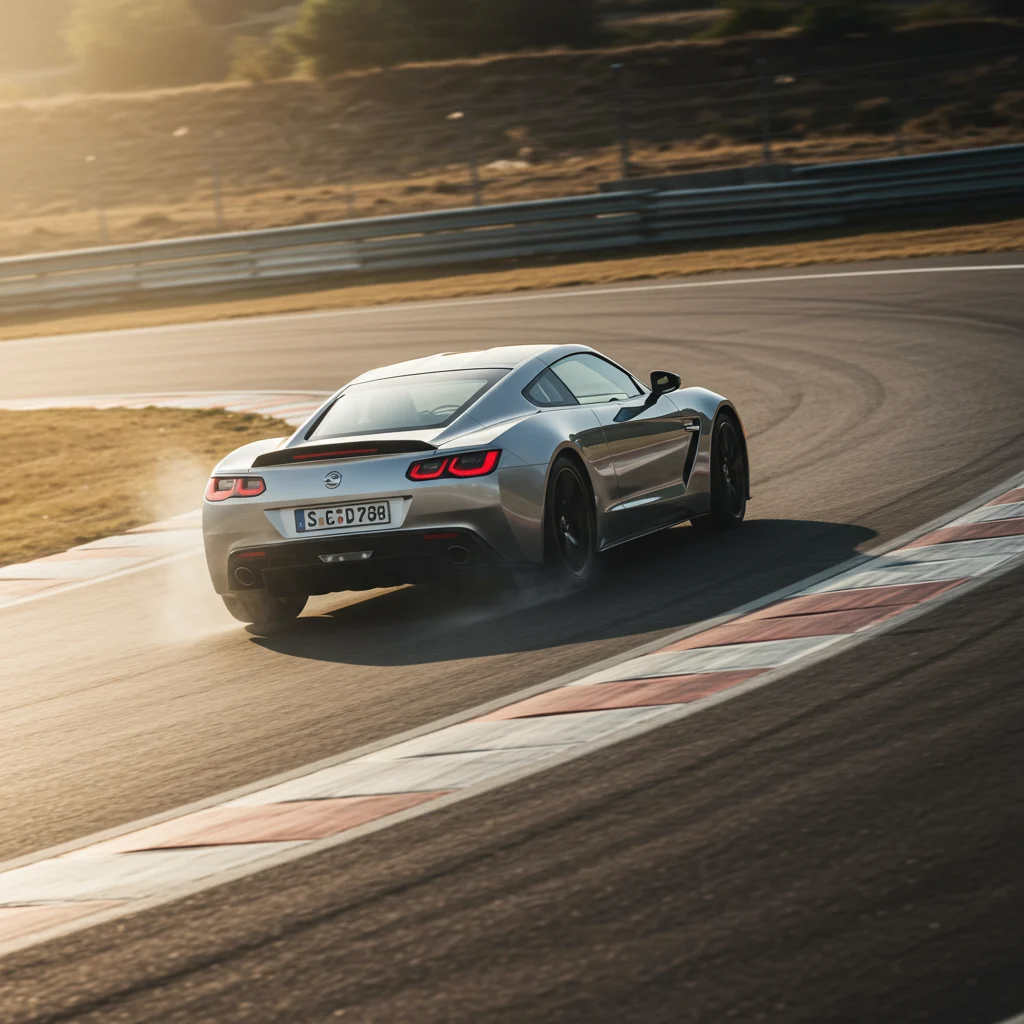
Front-to-Rear Balance
Too much front downforce can cause the car to become overly responsive, leading to instability. Too much rear downforce, on the other hand, can make the car sluggish to turn. Teams constantly fine-tune this balance to suit track layouts and driver preferences.
Oversteer and Understeer: The Aerodynamic Connection
Oversteer occurs when the rear tires lose grip before the front, causing the car to rotate more than intended. Understeer is the opposite—the front tires lose grip first, and the car resists turning.
Aerodynamic changes can address both issues. Increasing rear downforce helps prevent oversteer, while boosting front downforce combats understeer. This delicate tuning is vital for competitive lap times and consistent performance.
Adjusting Aerodynamics for Different Tracks
Every racing circuit presents unique challenges, from high-speed straights to tight urban corners. Teams must adapt their aerodynamic setups to maximize performance under varying conditions.
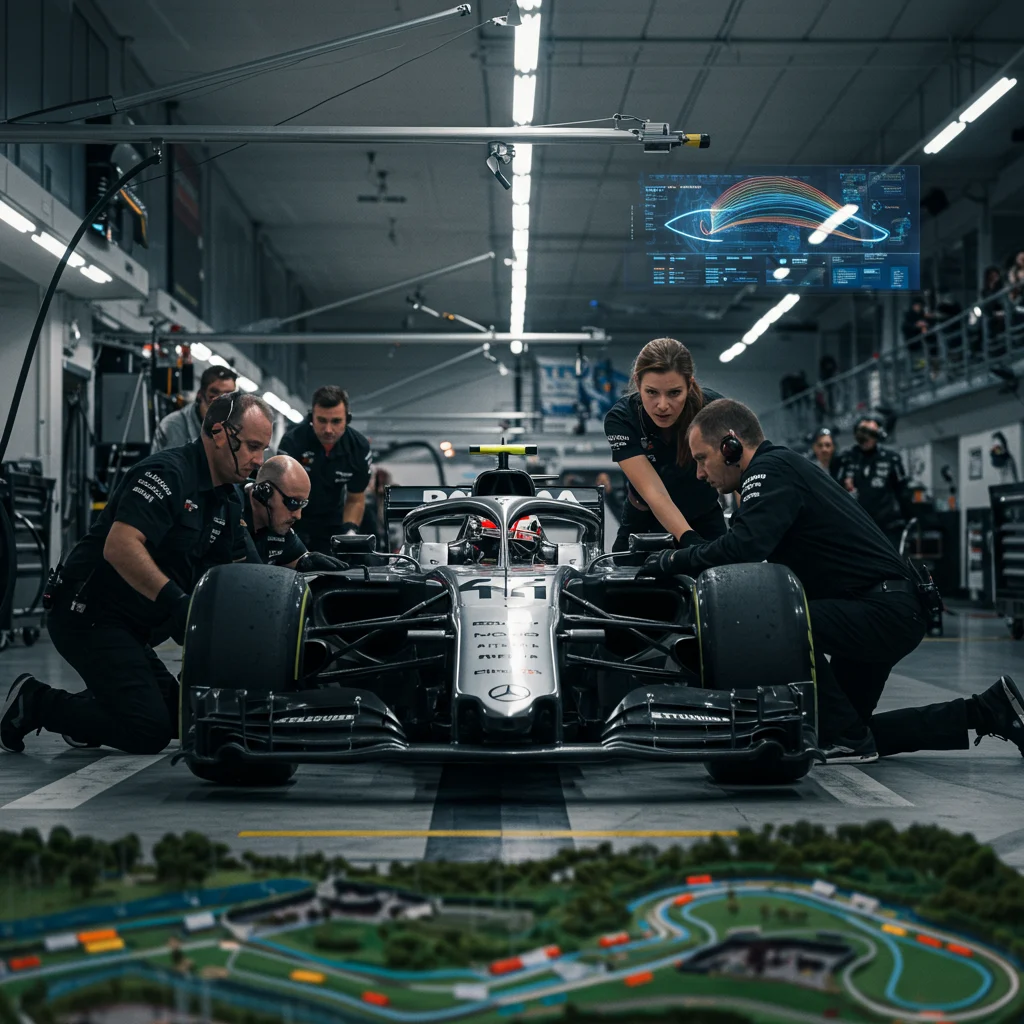
High-Speed Circuits vs. Street Circuits
On high-speed tracks like Monza, reducing drag is a priority to achieve maximum velocity on long straights. In contrast, street circuits demand higher downforce for better grip through tight corners and rapid direction changes.
This strategic adjustment is also reflected in the setup of iconic cars featured in movies, as we discussed in our post about Fast and Furious Tokyo Drift cars.
How Do Teams Adapt Setups for Weather Conditions?
Weather plays a significant role in aerodynamic performance. Rain increases the risk of aquaplaning, so teams may raise ride heights and adjust wing angles for greater stability. Windy conditions can alter airflow patterns, prompting further tweaks to maintain consistent handling.
The Evolution of Aerodynamics in Racing History
The journey of aerodynamics in racing is marked by innovation and relentless pursuit of speed. From rudimentary beginnings to sophisticated modern designs, each era has contributed to the sport’s current landscape.
Pioneering Designs and Innovations
Early race cars had little consideration for aerodynamics, focusing instead on raw power. However, as speeds increased, the need for better airflow management became apparent. Visionary engineers began experimenting with streamlined shapes, setting the stage for rapid advancements.
Notable Aerodynamic Milestones in Formula 1
Formula 1 has been at the forefront of aerodynamic development. The introduction of wings in the late 1960s, the ground effect revolution of the 1980s, and the rise of complex bargeboards and diffusers have all shaped the sport.
As experts often say:
“In racing, the air you cannot see is as important as the road beneath your tires. Mastering it is the key to unlocking true performance.”
For those interested in the trailblazing individuals who have shaped racing history, our feature on the top 10 iconic female racers offers a fascinating perspective on innovation and determination.
The Impact of Rule Changes on Aerodynamics
Governing bodies regularly update regulations to promote safety and competition. These changes often target aerodynamic devices, forcing teams to innovate within new constraints. The constant evolution of rules has driven some of the most creative solutions in motorsport engineering.
Aerodynamics in Different Motorsports
Aerodynamic strategies differ widely across racing disciplines, each with unique priorities and challenges. From the precision of Formula 1 to the rugged demands of rally, the role of aerodynamics adapts to the environment.
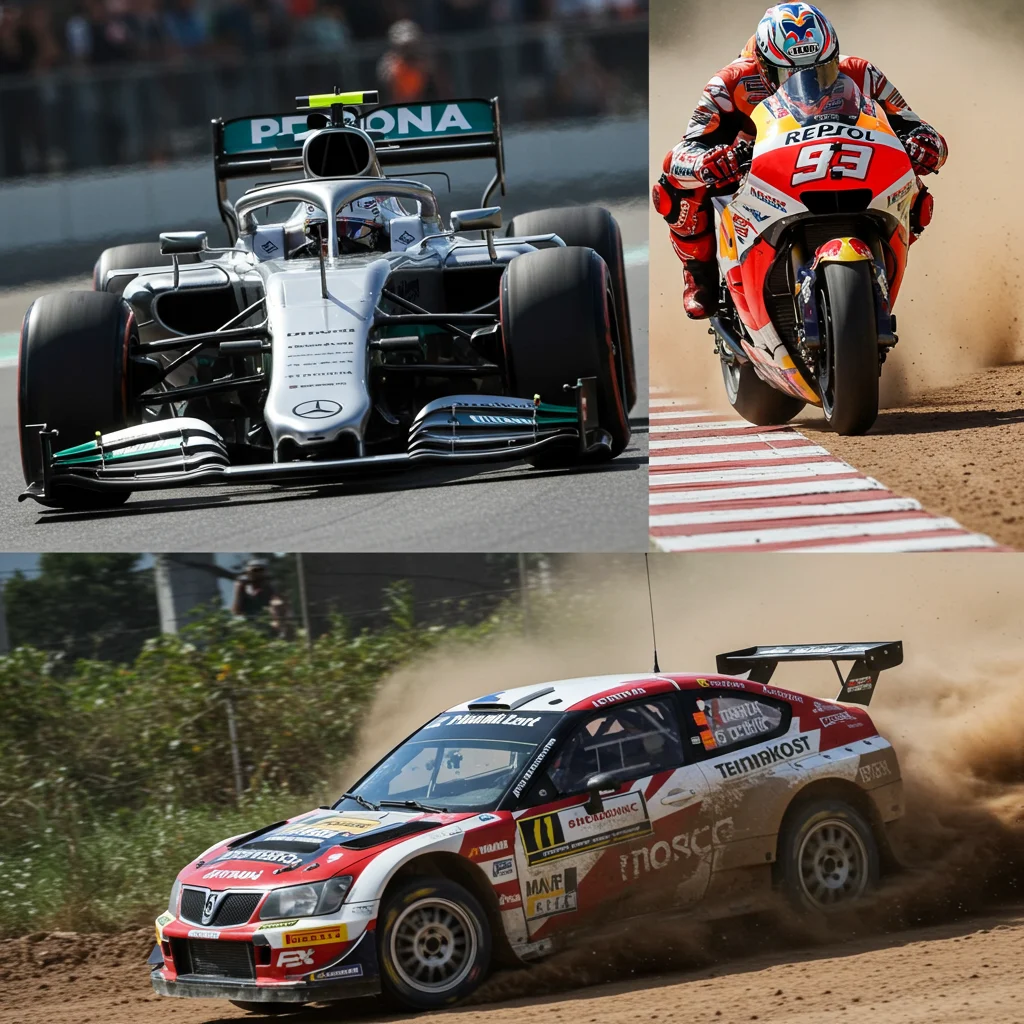
Formula 1: Pushing the Limits
Formula 1 teams invest heavily in aerodynamic research, using cutting-edge technology to extract every possible advantage. The interplay of wings, floors, and airflow management defines the performance envelope of these cars.
NASCAR: Balancing Power and Aero
In NASCAR, the focus shifts toward balancing brute force with aerodynamic efficiency. The large, boxy shapes of stock cars require careful management to reduce drag on long ovals while maintaining stability in close quarters.
Many American muscle cars, such as those highlighted in our article on the top 10 great American muscle cars of all time, share design cues that have influenced NASCAR’s approach to aerodynamics.
Endurance Racing: Efficiency vs. Downforce
Endurance races like Le Mans demand a balance between low drag for straight-line speed and sufficient downforce for handling over long stints. Aerodynamic efficiency is crucial, as even minor gains can result in significant time savings over hours of competition.
Rally Cars: Aerodynamics Off the Beaten Path
Rally racing challenges cars with unpredictable surfaces and jumps. Aerodynamics focuses on stability and dust management rather than outright downforce. For those considering rally as a starting point, our overview of the best rally cars for beginners offers practical guidance on what to look for in an entry-level machine.
How Is Aerodynamic Performance Tested?
Testing is fundamental to optimizing aerodynamic performance. Teams rely on a mix of laboratory and real-world techniques to validate their designs and refine setups.
Wind Tunnel Testing Explained
Wind tunnels allow engineers to study airflow in a controlled environment. Scaled models or full-size cars are subjected to simulated winds, and sensors collect data on pressure, force, and flow patterns. This precise feedback guides design improvements and setup adjustments.
Computational Fluid Dynamics (CFD) in Racing
Computational Fluid Dynamics (CFD) uses powerful computers to simulate airflow around a vehicle. This digital approach enables rapid iteration and experimentation, reducing the need for costly physical prototypes. CFD has become indispensable in modern racing development.
Looking ahead, advances in simulation and virtual testing are set to transform the industry, as discussed in our preview of future cars and next-gen automotive technology.
On-Track Testing and Data Collection
Ultimately, real-world testing remains essential. On-track sessions provide valuable insights into how aerodynamic changes translate to performance. Data loggers and telemetry systems monitor every aspect of the car’s behavior, allowing teams to validate and refine their strategies.
What Are the Challenges of Optimizing Aerodynamics?
Optimizing aerodynamics involves overcoming several hurdles, from technical limitations to resource constraints. Each challenge requires innovative thinking and a willingness to compromise.

Regulatory Constraints and Technical Limits
Strict rules govern the design and use of aerodynamic devices. Teams must work within these boundaries, often finding creative solutions to extract performance without violating regulations.
Trade-Offs: Speed vs. Stability
Efforts to reduce drag can inadvertently reduce downforce, sacrificing handling for straight-line speed. Conversely, maximizing grip can increase resistance and slow the car on straights. Achieving the right compromise is a continuous process.
Cost and Resource Considerations
Aerodynamic development is resource-intensive. Wind tunnel time, CFD simulations, and prototype construction all require significant investment. Smaller teams must prioritize upgrades and focus on the most impactful changes.
The Human Element: Driver Feedback and Aerodynamics
While data and simulations are invaluable, the driver’s perspective remains crucial. No two drivers experience the same car in exactly the same way, making their input essential for fine-tuning aerodynamic setups.
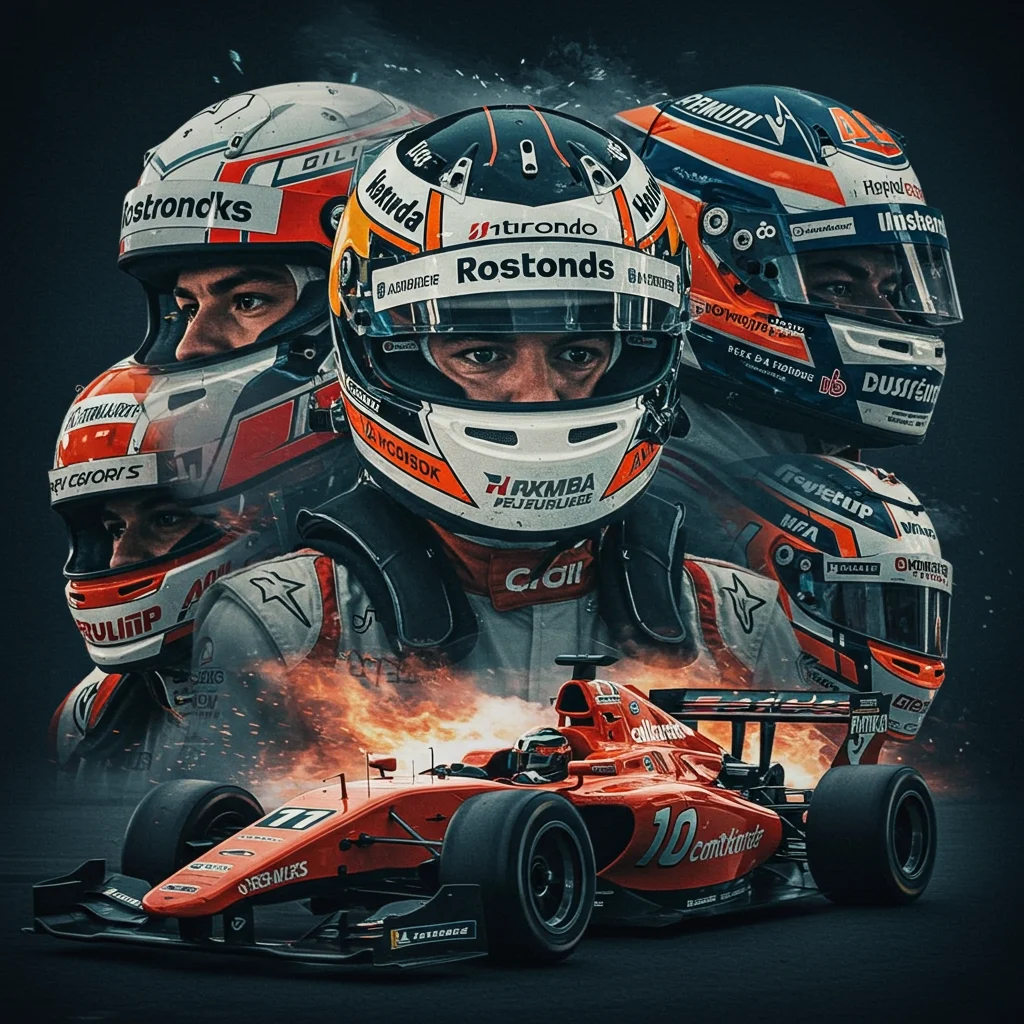
How Do Drivers Adapt to Aero Changes?
Drivers must adjust their style to suit the car’s aerodynamic characteristics. A vehicle with high downforce demands aggressive cornering, while a low-drag setup rewards smooth, precise inputs. Adaptability is a hallmark of elite racers.
Communicating Aero Needs to Engineers
Clear communication between driver and engineer is vital. Drivers describe sensations—such as understeer or instability—and engineers translate this feedback into actionable changes. This collaborative approach leads to a car that feels intuitive and inspires confidence.
Aerodynamics and Race Strategy
Aerodynamics influences not only lap times but also race strategy. Teams use airflow to gain a tactical edge, from slipstreaming on straights to making rapid adjustments during pit stops.

Slipstreaming and Drafting: Gaining the Edge
By following closely behind another car, drivers enter a zone of reduced air resistance known as the slipstream. This technique can provide a crucial speed boost for overtaking or defending position.
Overtaking: The Role of Dirty Air
When a car follows another closely, it encounters turbulent, “dirty” air that disrupts its own aerodynamic efficiency. Managing this challenge is key to successful overtaking, especially in tightly contested races.
Pit Stop Adjustments: Fine-Tuning Aero on the Fly
During pit stops, teams may adjust wing angles or replace damaged aero components. These rapid changes can transform handling and provide a strategic advantage in the closing stages of a race.
The Future of Aerodynamics in Racing
Looking ahead, aerodynamics will continue to shape the trajectory of motorsport. Emerging materials, adaptive systems, and a focus on sustainability are set to redefine what’s possible on the track.

Emerging Materials and Technologies
Lightweight composites, advanced polymers, and 3D printing are enabling more sophisticated aerodynamic designs. These innovations reduce weight while increasing strength and flexibility, opening new avenues for performance gains.
Active Aerodynamics: Adaptive Systems
Active aero systems adjust in real time, modifying wing angles and airflow paths in response to speed, cornering, or braking. This adaptability maximizes efficiency and grip, giving drivers tools to respond to changing race conditions.
Sustainability and Efficiency Trends
Environmental considerations are driving the development of more efficient aerodynamic solutions. Reducing drag not only improves speed but also lowers fuel consumption and emissions, aligning motorsport with broader sustainability goals.
Common Myths and Misconceptions About Racing Aerodynamics
Aerodynamics is a complex field, and several misconceptions persist even among enthusiasts. Dispelling these myths helps clarify what truly matters in racing performance.
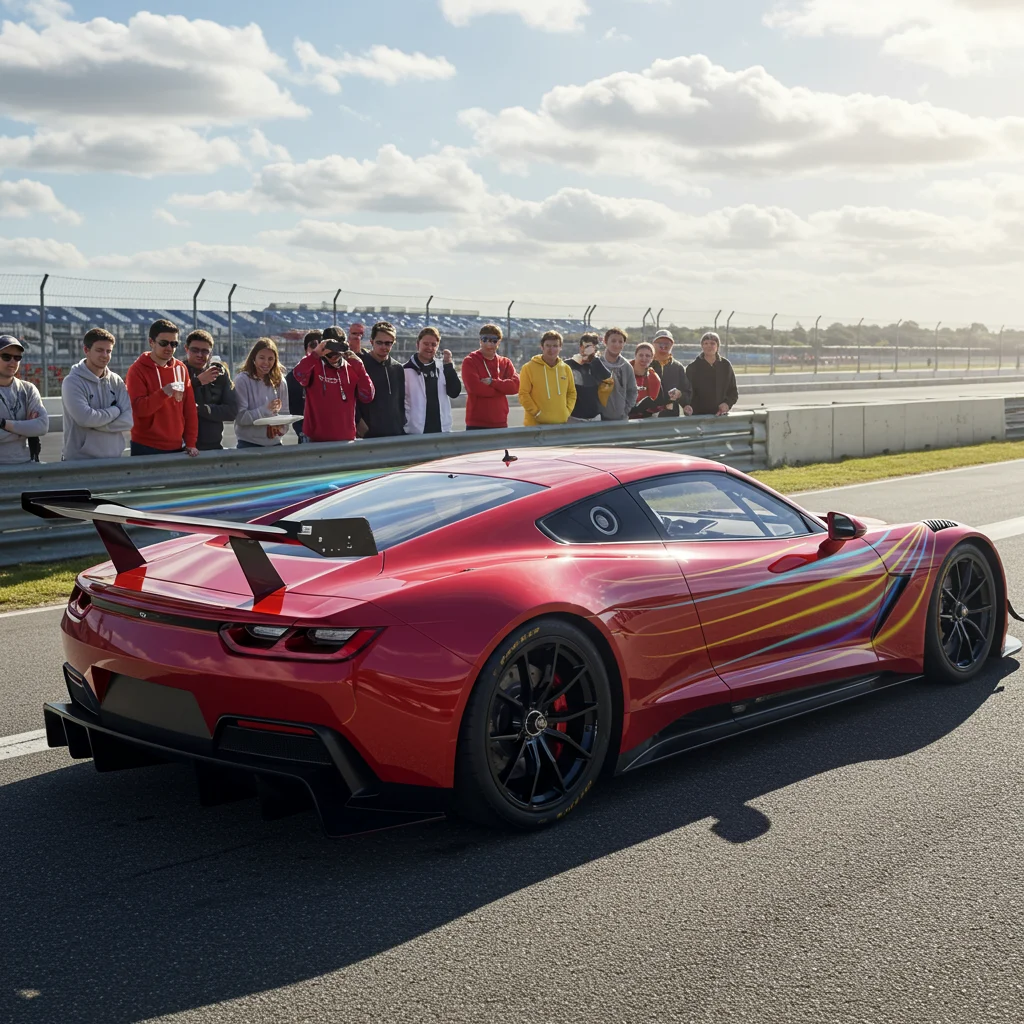
Does More Downforce Always Mean Faster Laps?
While downforce improves grip, there is a point of diminishing returns. Excessive downforce increases drag, slowing the car on straights and potentially offsetting gains in cornering speed. The optimal setup depends on the specific demands of each track.
Are Aerodynamic Upgrades Always Beneficial?
Not all upgrades result in faster lap times. Poorly integrated components can disrupt airflow and create instability. Effective development requires careful testing and a holistic approach to vehicle dynamics.
How Can Amateur Racers Improve Their Car’s Aerodynamics?
Enhancing aerodynamics isn’t just for professionals. Amateur racers can make meaningful improvements with the right approach and informed choices.
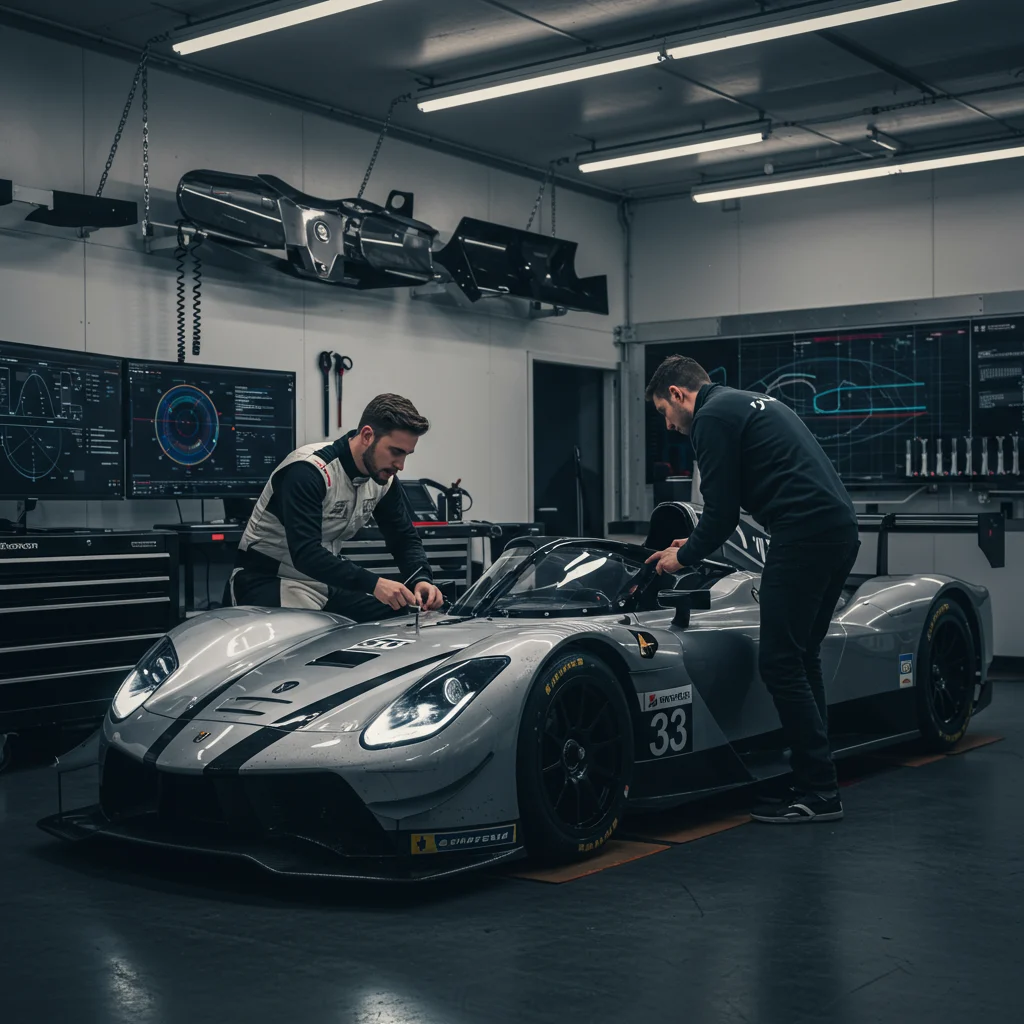
DIY Aero Mods: What Works and What Doesn’t?
Simple modifications like adding a front splitter, rear spoiler, or side skirts can yield noticeable gains. However, poorly designed or installed parts may create more problems than they solve, including increased drag or unpredictable handling.
Budget-Friendly Aerodynamic Improvements
Cost-effective options include smoothing underbody panels, sealing gaps, and using lightweight materials for add-ons. Consistent attention to detail—such as ensuring clean bodywork and secure fittings—can also make a measurable difference.
Conclusion: The Lasting Impact of Aerodynamics on Racing Performance
Aerodynamics remains one of the most influential factors in racing, shaping every aspect of a car’s behavior—from acceleration and top speed to cornering and stability. As technology advances and our understanding deepens, the pursuit of aerodynamic perfection continues to push the boundaries of what is possible on the track. For those inspired to experience the thrill of high-performance driving, Capital Exotic stands as a resource for automotive enthusiasts and aspiring racers alike.
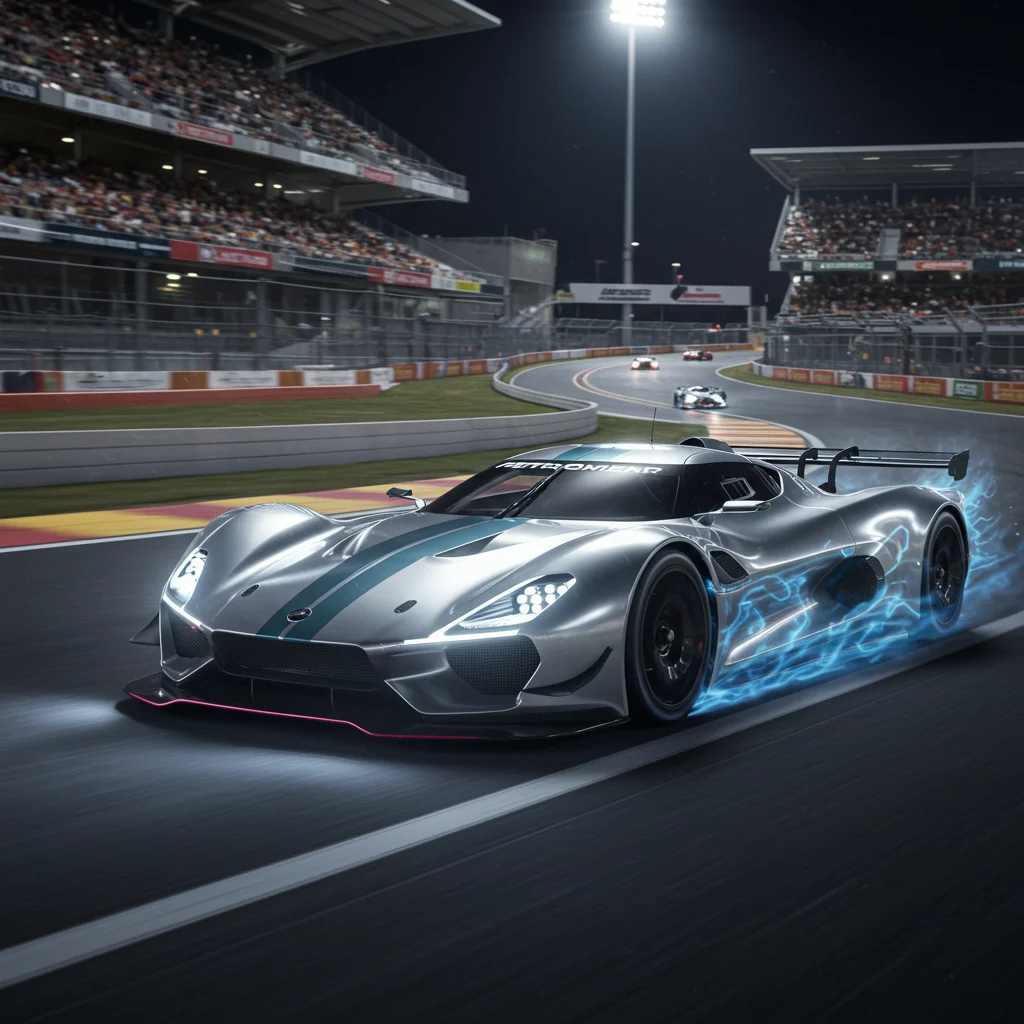
Frequently Asked Questions About Racing Aerodynamics
Q: What is the main goal of aerodynamics in racing?
A: The primary goal is to reduce drag and increase downforce, thereby improving speed, grip, and stability.
Q: How do teams test aerodynamic changes?
A: Teams use wind tunnels, CFD simulations, and on-track data collection to assess and refine aerodynamic setups.
Q: Can amateur racers benefit from aerodynamic upgrades?
A: Yes, even simple modifications can enhance performance, provided they are thoughtfully designed and installed.
Q: Does every type of racing car use the same aerodynamic principles?
A: While the fundamentals are consistent, different racing disciplines prioritize unique aspects—such as grip, efficiency, or stability—based on their specific challenges.
Glossary of Key Aerodynamic Terms
- Downforce: The force that pushes a vehicle downward, increasing tire grip.
- Drag: The resistance a car faces as it moves through the air.
- Slipstream: The area of reduced air pressure behind a moving car, used to gain speed.
- Diffuser: A device that accelerates airflow under the car, increasing downforce.
- Ground Effect: The suction effect created by managing airflow beneath the car.
- CFD: Computational Fluid Dynamics, a digital method for simulating airflow.
Further Reading and Resources
For those eager to deepen their knowledge, numerous books, documentaries, and technical papers explore the intricacies of racing aerodynamics. Motorsport forums and engineering publications also provide valuable insights for enthusiasts at every level.

